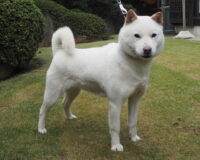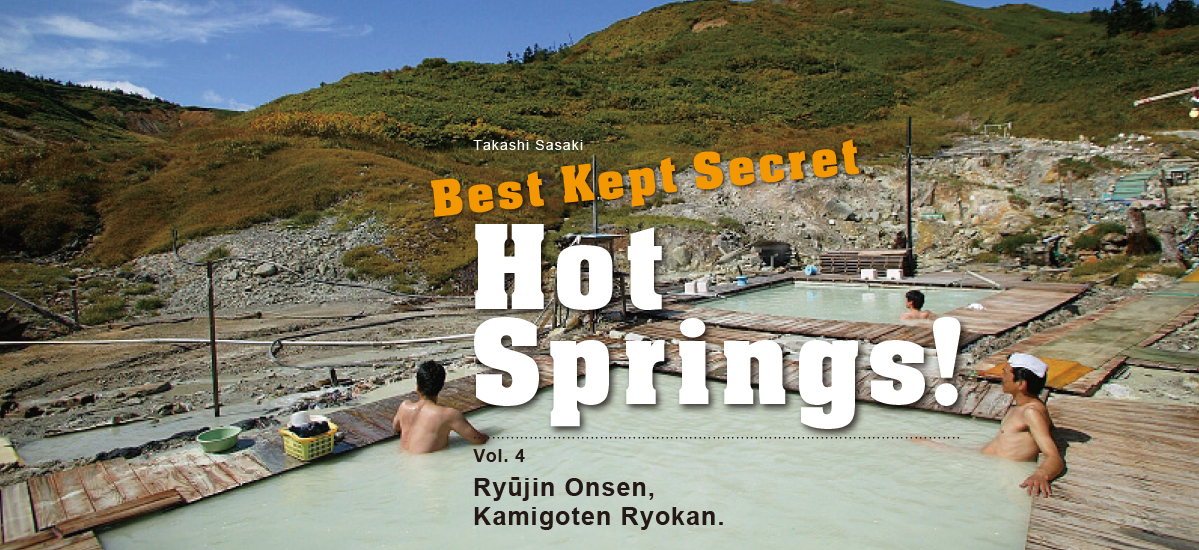
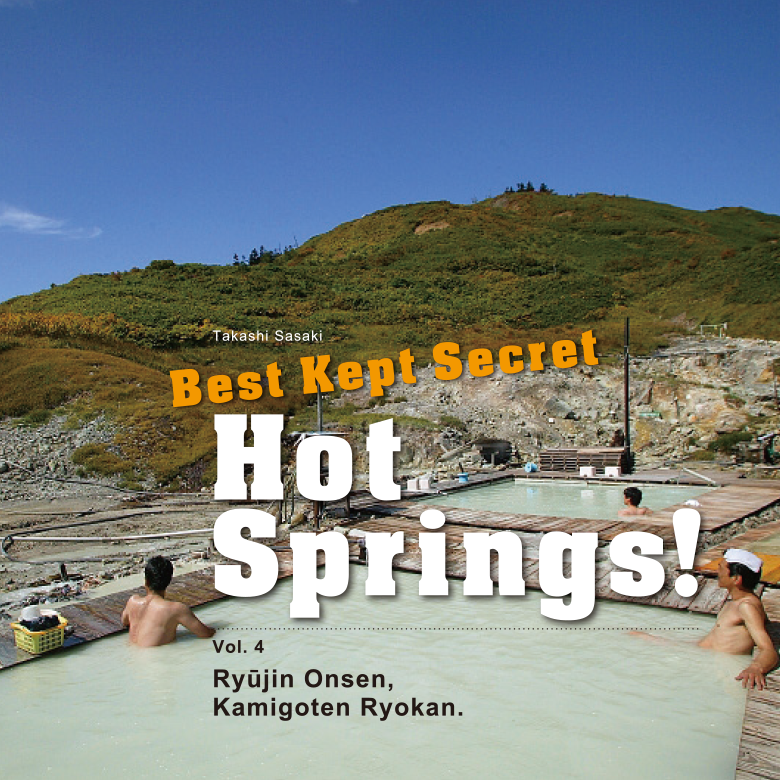
There are believed to be as many as 27,000 natural hot springs in Japan, yet no two onsen are exactly the same. Each has its own unique combination of water temperature, flow and mineral components. With such a great variety to choose from, Japan’s hot spring resorts range from enormously famous spots attracting hordes of visitors, to rustic affairs visited only by those in the know.
Japan’s harder-to-reach hot springs are also known as “hitou”, or “secret hot springs”. While some of these are authentically hidden in the sense that they are off the grid and you literally have to climb a mountain to get to them, others have modernised along with the rest of the world and many have become relatively easy to access.
In this series we introduce Japan’s finest “secret hot springs” where visitors of all ages can relax and enjoy nature’s blessings.
Text : Sasaki Takashi / Photos : 平島 格 Kaku Hirashima / English Version : Judy Evans
Keyword : Ryūjin Onsen / Hot Springs / Onsens / Ryokan / Kii Peninsula / Wakayama Prefecture
Beautifying Hot Springs with Over a Thousand Years of History.
Surrounded by layer upon layer of the Kii Peninsula’s mountains and valleys, Ryūjin Onsen has long been known as one of Japan’s top three Bijin no Yu, or beautifying hot springs (the other two being Kawanaka Onsen in Gunma Prefecture, and Yunokawa Onsen in Shimane Prefecture). These sodium hydro-carbonate mineral springs also contain plenty of radium. The waters remove excess oil from the skin, leaving the skin silky smooth.
Ryūjin Onsen boasts an extraordinarily long history, beginning in the 8th century when the hot springs are said to have been discovered by En no Gyōja, the priest and mystic who founded the ascetic Shūgendō mountain faith. Then, in the early Heian Period (794 – 1185), the Buddhist monk, Kūkai (known posthumously as Kōbō Daishi), having received a dream of the Dragon King Nanda, is said to have had a bath house built here. This, incidentally, is where the hot springs get their name – Ryūjin means Dragon King.
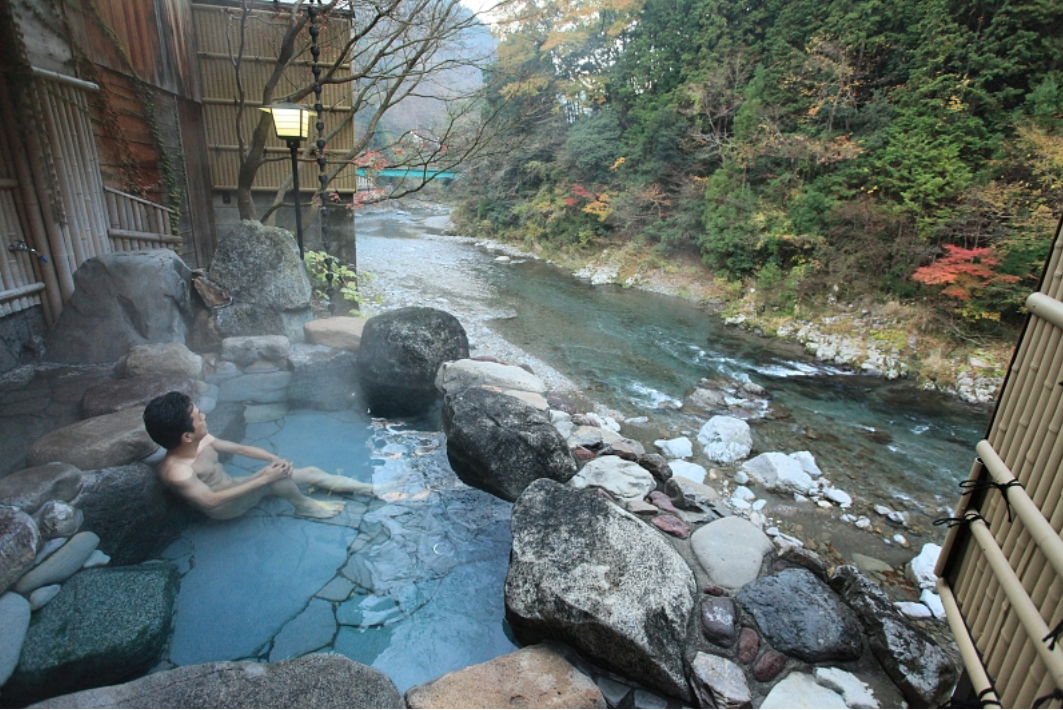
Thermal Springs Fit for a Samurai Lord
Despite its remote location deep in the Kii Mountains, Ryūjin Onsen got a name for itself during the Edo period, when the hot springs came under the patronage of the Tokugawa lords of the Kii-Wakayama Domain. Among them, the first lord of the domain, Yorinobu Tokugawa was exceedingly pleased with the waters of Ryūjin Onsen. So much so, in fact, that he had a bathhouse and lodge built here, and exempted the onsen from having to pay taxes. Yorinobu’s lodge, now the Kamigoten Ryokan, was used by successive feudal lords who came here to take the waters. The two-storey timber main building containing Onari no Ma, the room that Yorinobu used, was designated by the government as a Tangible Cultural Property in 1999.
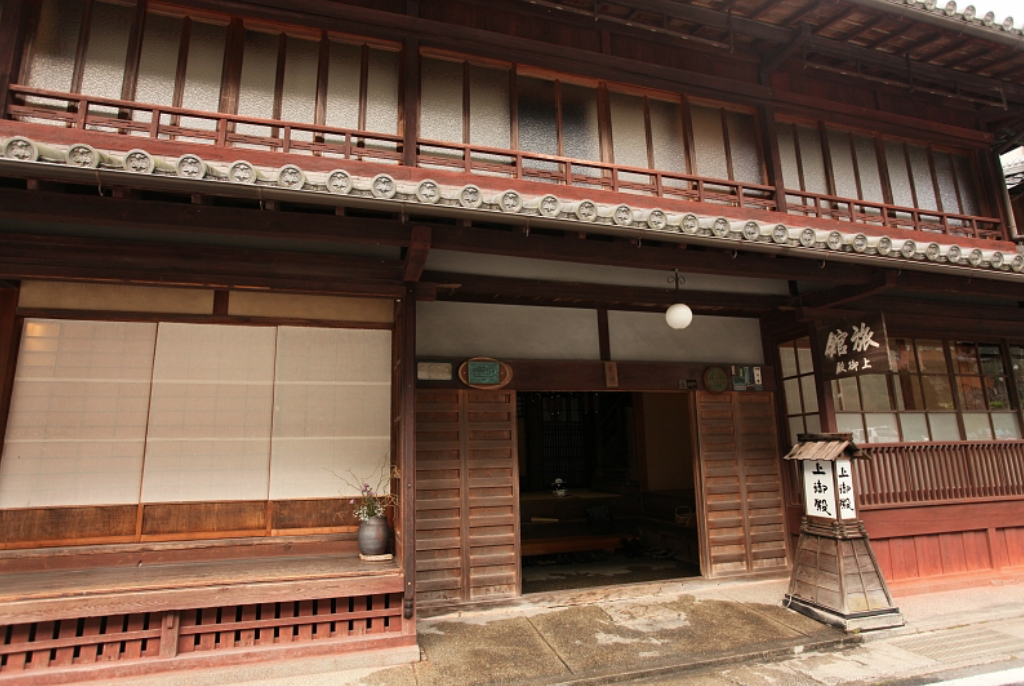
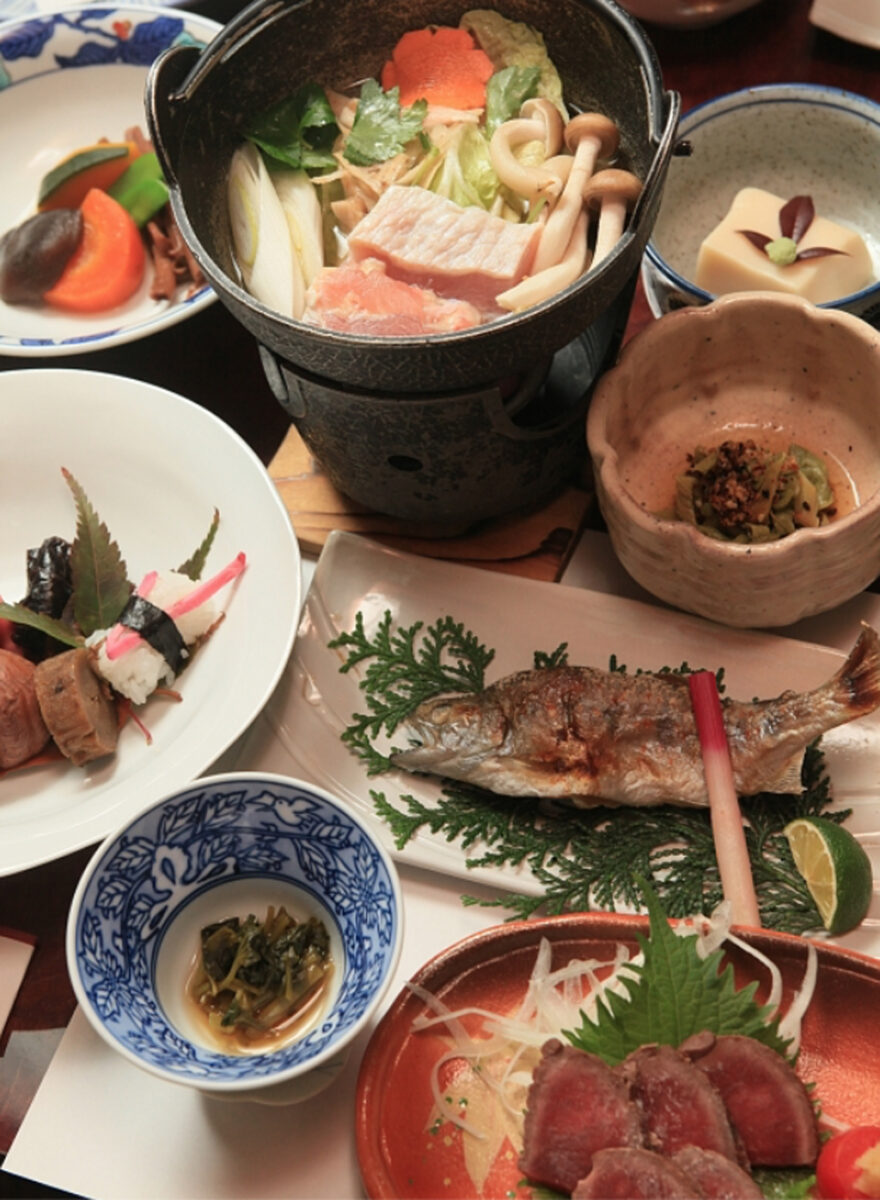
Tranquil Indoor Baths Made from Prized Maki Timber
At Kamigoten there are separate indoor baths for male and female bathers, while the open-air rotenburo can be reserved for exclusive use. Both the the floorboards and the bathtubs themselves in the indoor baths are made from Buddhist pine (maki), a local specialty timber. The crisp fragrance of the timber only adds to the pleasure of the bathing experience. From the open-air rotenburo, situated beside the Hidaka-gawa River, the bathing experience is accompanied by the sounds of birdsong and the constant murmur of the river below.
Meanwhile, for history buffs, the building is a fascinating treasure trove of artifacts relating to the Tokugawa family and the former Kii Province. Let yourself be transported back to a time when these waters were enjoyed by samurai lords!


Address: Ryūjin 42, Ryūjin-mura, Tanabe City, Wakayama Prefecture
Phone: 0739-79-0005
Website: https://www.kamigoten.jp/(in English and Japanese)
Check in: 16:00 / Check out: 10:00
Accommodation rate including dinner and breakfast: from 15,270 yen per person.
No daytime-only visits.
Access by public transport:
◎ From JR Kii Tanabe Station, take the Ryūjin Bus from (via Toragamine). Approx. 1 hour 25 minutes.
◎ From the Kōyasan cable car Kōyasan Station, take the Nankai Rinkan bus, transferring to the Ryūjin Bus. Takes just under two hours.
Access by private vehicle:
◎ Approximately 49 km/ 1 hour 30 minutes from Kōyasan via the Koya-Ryūjin Skyline Road (Highway 371)
◎ Approximately 45 km/ 1 hour 30 minutes from the Hanwa Expressway Nanki-Tanabe Interchange, via Highways 29 and 371.





